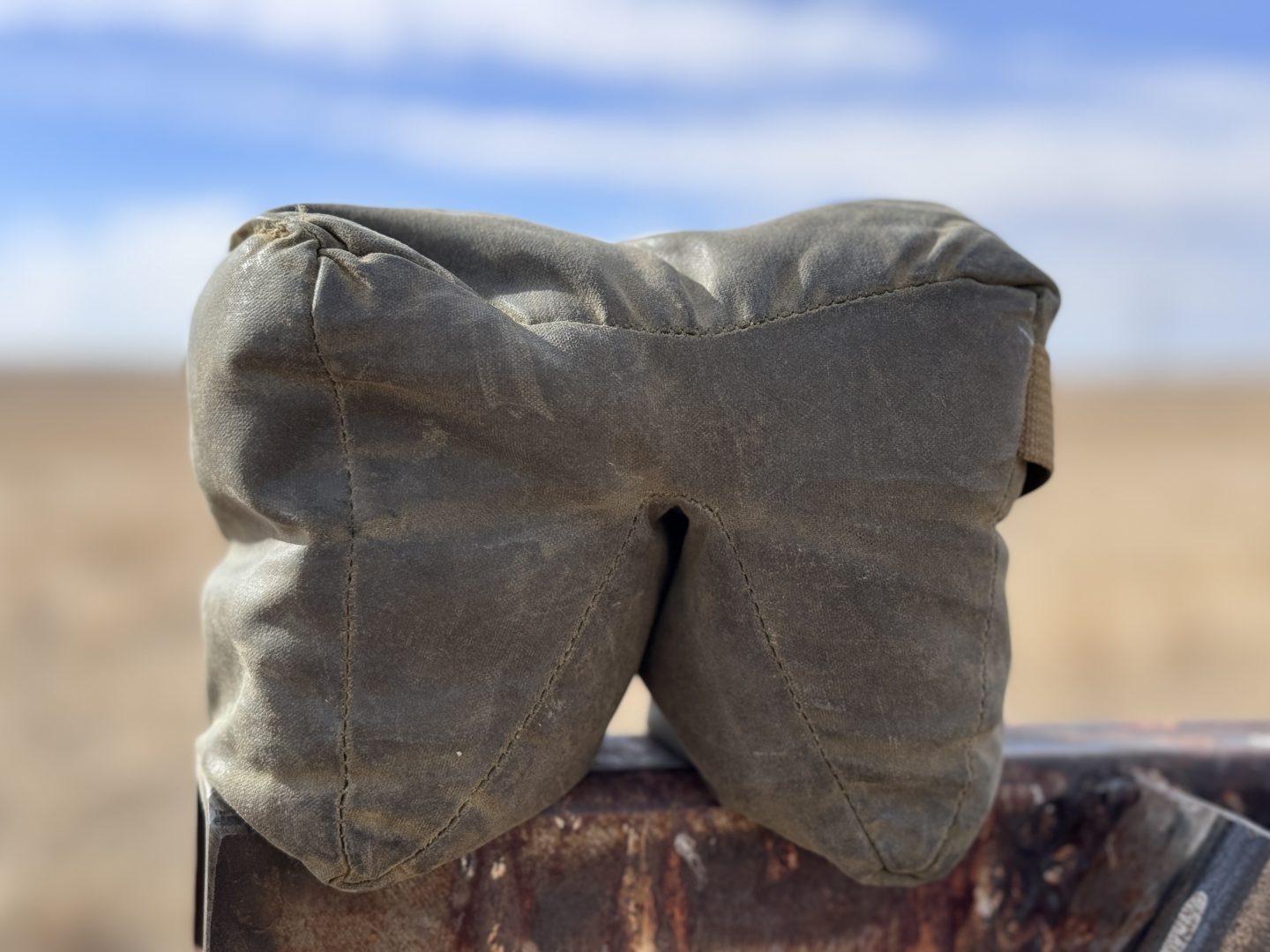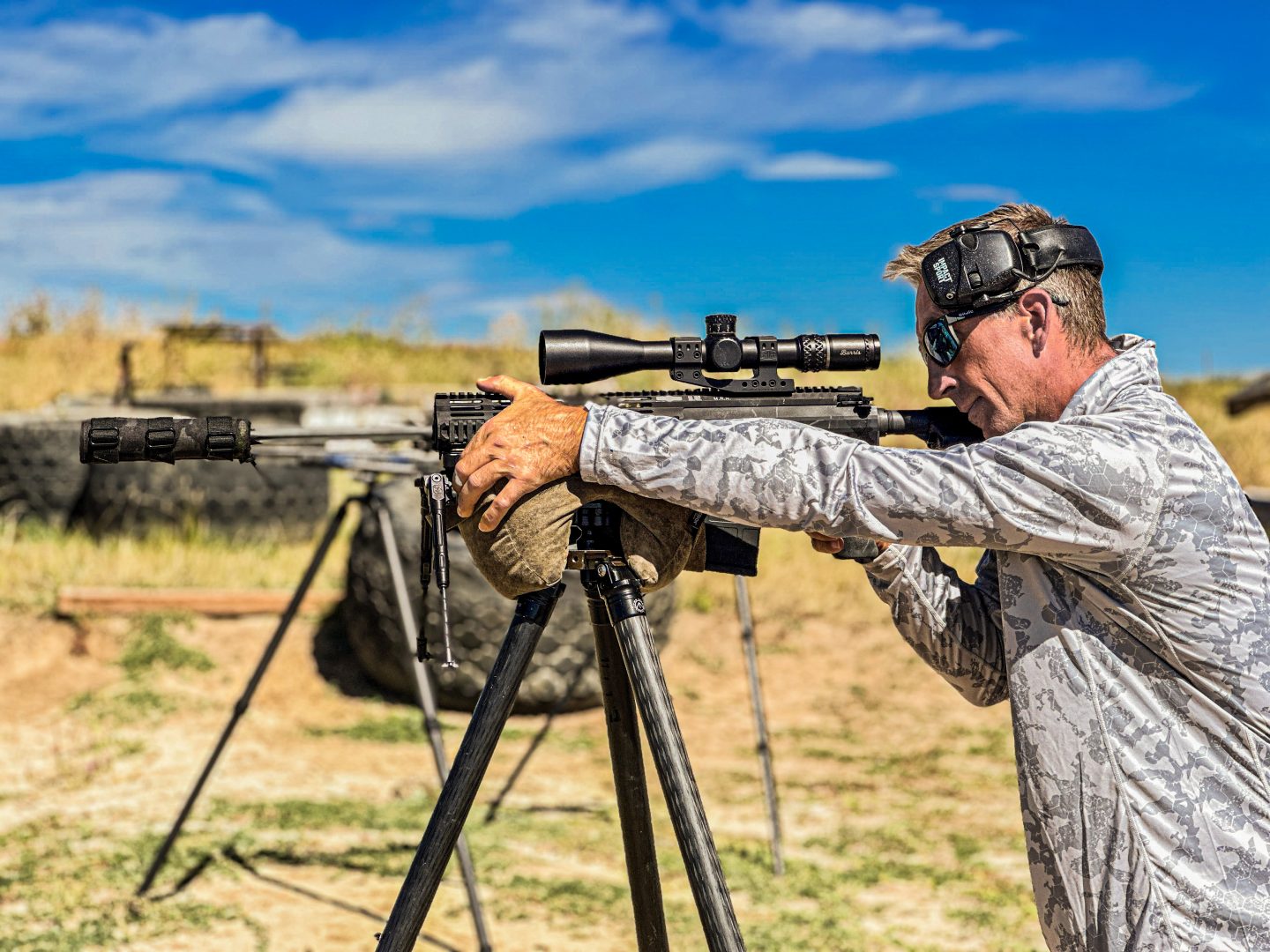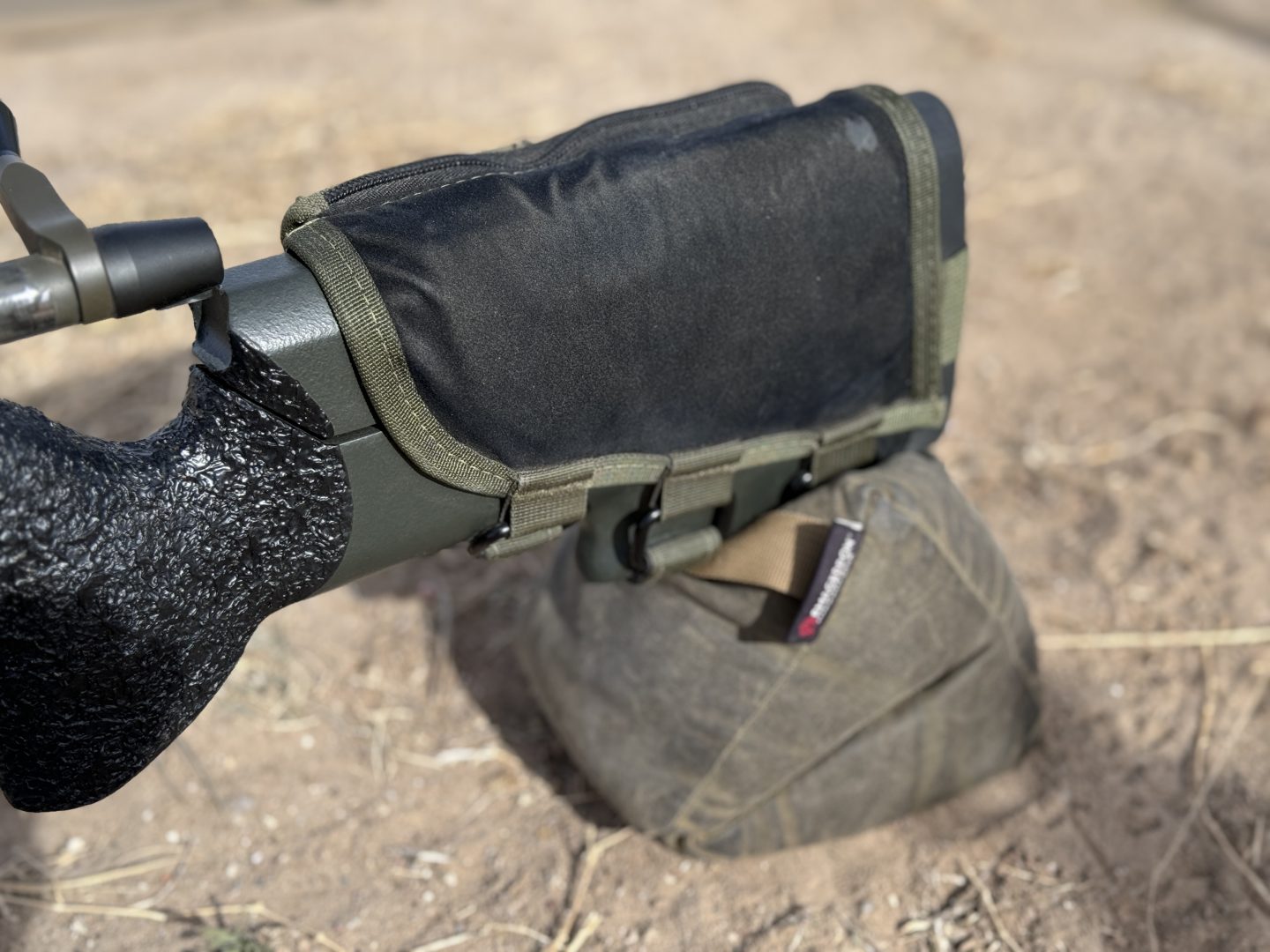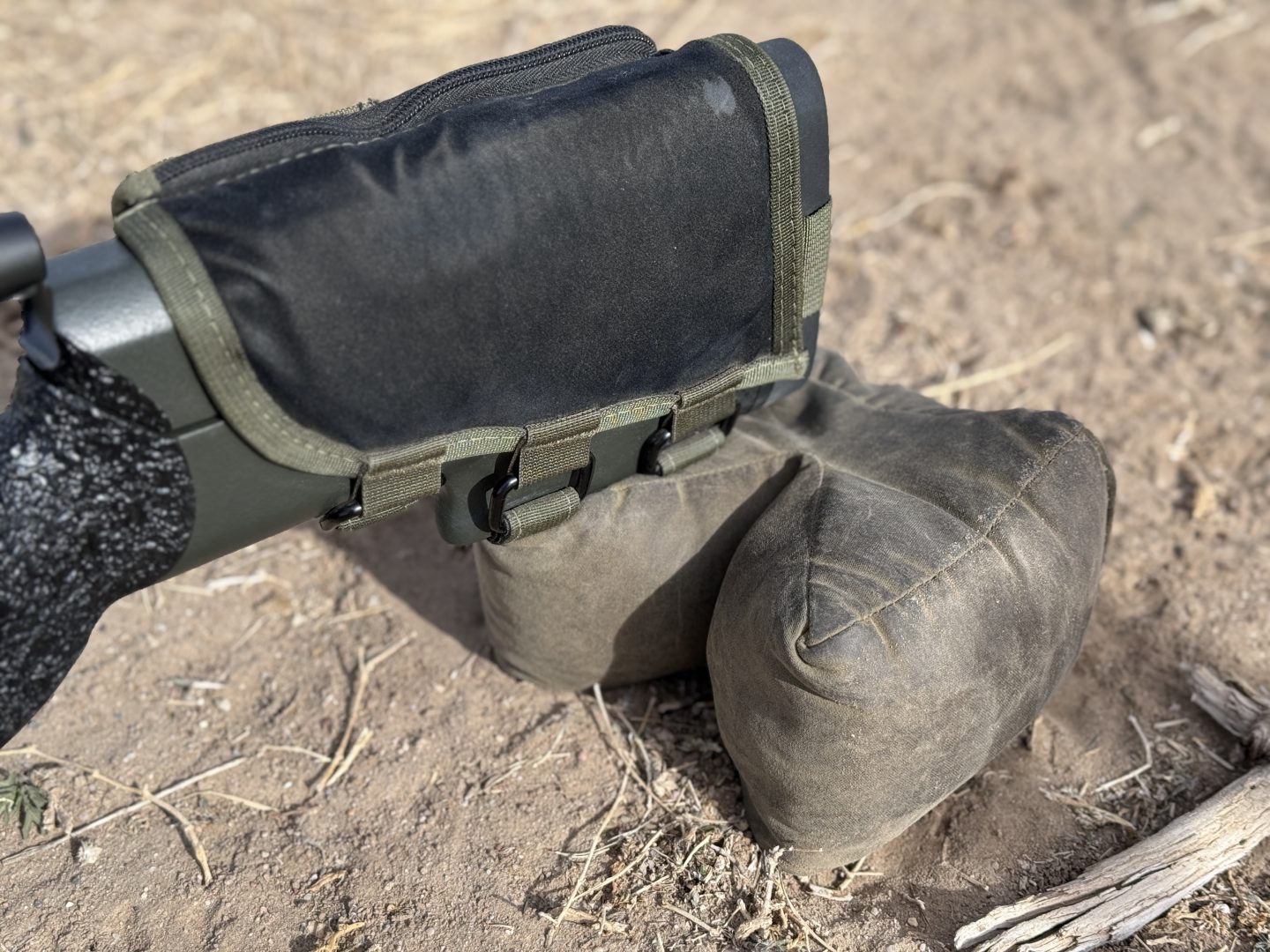Most accurate shooters use support equipment. Support equipment like a bag make us more
consistent, faster, and allow for many applications that would otherwise be impossible to do
and maintain the same standards of performance commonly seen in competition, hunting, and
professions where accuracy and precision matter. But to explore where we might gain more
accuracy and precision in our own shooting, let’s briefly consider why we even bother with
using a shooting bag in the first place.

Throughout history, shooters have confidently wielded their rifles offhand or with a sling. While
there’s nothing inherently wrong with shooting without additional support, it becomes
challenging due to the errors introduced by “being human”. The quickest way to compromise a
rifle’s accuracy is to have a human hold it and pull the trigger. Enter support equipment like
shooting bags. Having something support the rifle relieves some of the error we add to the
system. Some.
Consistency using a Bag

Consistently applying the same input pressures, maintaining ta consistent point of aim, and
executing proper follow-through while holding a rifle is not easy. Support gear significantly
enhances hit percentages. Support can manifest in various forms – bipods, elbows on the
ground, a backpack, a tree branch, a tripod, a buddy, or a rock. The greater the stability, the
easier it becomes to manage inputs and outputs for enhanced consistency.

A shooting bag not only absorbs dead space, energy, and vibrations better than our limbs but
also provides a contact point that isn’t as ‘hard’ as the rifle or its resting surface, reducing the
effects of energy transfer that cause rifles to jump or bounce.
We have shot off bags for 100 years
On a broad surface, the rifle wobbles less, requiring less muscle to hold up. Muscles can’t
maintain positions for long without introducing movements, a critical concern when precision is
the goal.

Now that we’ve established the general usefulness of a shooting bag, let’s look a little closer at
a few popular techniques, being mindful of how we execute them because in the how comes
some error worth knowing about.
One common technique involves grabbing the bag, squishing, mashing, or pulling it under the
buttstock to achieve the right sight picture. Let’s call this ‘starter mode.’ The challenge here is
that bags filled with sand or other materials can shift during firing, often resulting in a sight
picture above the target. To rectify this, the shooter must readjust the bag, introducing a new
set of inputs and pressures. With practice, consistency improves, but it’s crucial to acknowledge
this inherent challenge of maintaining the exact position of the buttstock with settling sand and
inconsistent pressure between the ground, rifle, and support hand.
Practice makes Perfect
Disciplines requiring high repeatability often use heavy, stiff bags made of hard leather. These
bags leverage fill density and material stiffness for increased repeatability. However, different
bags, fills, and rifles will respond differently to load and recoil.
For field shooting bags are often lighter, more pliable, and getting the same level of support
from these bags compared to bench bags is not as easy to do and as such groups tend to open
more when using them.
Another technique, the pinch method, involves holding and pinching the bag against the
buttstock. While it reduces vertical dispersion, squeezing can introduce left and right
movements not present before.
Pinching the buttstock and the rifle can cause the shot to go in the direction of the strongest
force and if grip isn’t consistent, neither will the point of impact be.
Tools in the Toolbox
A third option is the ‘bridge’ technique, where the buttstock is cantilevered, maintaining
consistent pressure between the shooter and the rifle. Controlling the rifle with the chest
eliminates the bag’s role in supporting the buttstock, and the shooter’s body takes over. It’s
crucial for the shooter to find the right balance, avoiding excessive pressure that increases
wobble or too little pressure that allows the rifle to shift from the contact point. When done
correctly, introducing a bag to dampen the wobble results in a higher level of consistency
compared to the previous two methods.
In some competitions, a bag is used in a way that pressure on the front scope ring can push the
rifle into the support bag, controlling the rifle without pressure on the buttstock. This
technique, often mischaracterized as free recoil, removes chest inconsistency. However, the
accuracy level depends significantly on how the support hand is used. While the most precise
and accurate competitors tend to use this technique, the bridge method is a close competitor,
often boiling down to personal preference.
Other Considerations
Another factor to consider when using a bag for rear support is how leverage is carried through
the bipods. While this may not be directly due to the bag itself, it can contribute to the vertical
spread of a group. If a bag is too short or leveraged oddly, a shooter might be compelled to
push harder or pull the rifle rearward, potentially causing the bipod legs to move from forward
to rearward. This movement could hitch the front of the rifle, resulting in a group opening over
an inch vertically with some popular bipods. The key is to be mindful of the patterns seen on
paper and trace them back to their source. Many of these patterns are, to a certain extent,
traceable to equipment handling.
So, the challenge lies in contemplating your techniques and shot-to-shot patterns. Through this
exploration, you may discover more than a thing or two to refine in an area many of us have
taken for granted.
A Riflekraft drill offers a great way to test this, but for a simpler test, try some shots on paper at
100 yards and observe where the bullets land because, in the end, they will go where you point
the rifle.”

